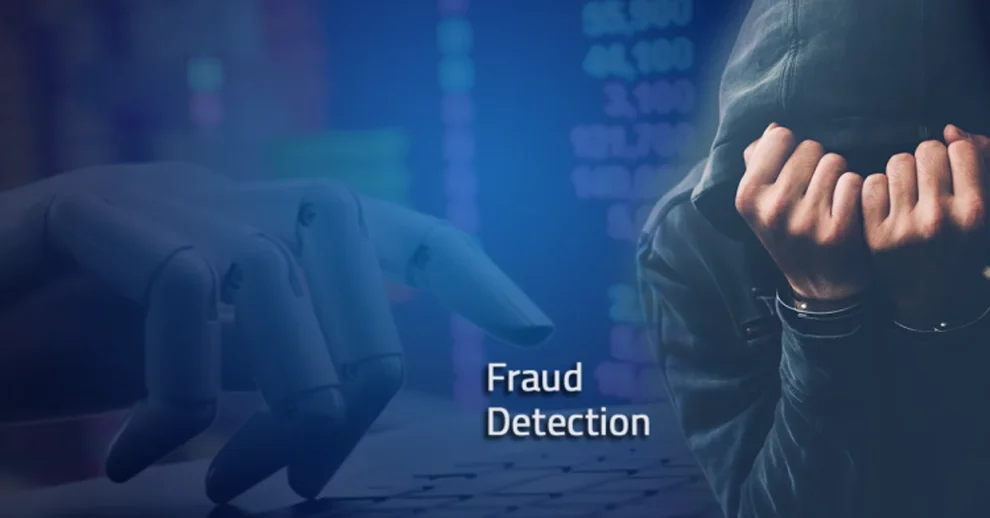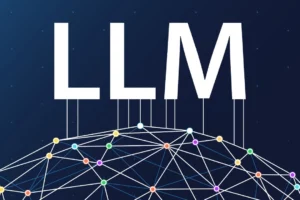Check fraud is a serious issue that costs the United States economy billions of dollars each year. As criminals become more sophisticated in their methods, losses from check fraud continue to rise. Thankfully, new artificial intelligence technologies are helping financial institutions and government agencies identify suspicious activity and prevent fraud.
The Costs of Check Fraud Are Adding Up
In 2022 alone, an estimated $1.2 billion was lost in the U.S. due to check fraud. This represents a nearly 70% increase over 2021. The Treasury Department is responsible for issuing a massive number of checks each year, from tax refunds to Social Security payments. As more transactions shift online, criminals are stealing personal information and using it to create counterfeit checks. New technologies like check washing machines also make it easier to modify legitimate checks for criminal purposes.

How Artificial Intelligence Detects Fraudulent Checks
To combat rising check fraud, the Treasury Department implemented an AI-powered detection system in late 2022. This tool analyzes vast amounts of check data, looking for activity patterns that match known fraud. Specific data points analyzed include:
- Check amount
- Payee name
- Issuing bank
- Account history
When the AI system flags a suspicious check, it gets sent for further fraud investigation. In just a few months, over $375 million in fake checks have been identified. Banks are also utilizing AI to analyze transactions and stop fraudulent payments early.
Benefits of AI Check Fraud Detection
AI offers significant advantages in identifying fake checks and preventing losses. Benefits include:
- Improved Accuracy: AI analyzes vast datasets far more precisely than humans can.
- Increased Efficiency: Huge numbers of checks get processed rapidly, freeing up staff resources.
- Cost Savings: Early fraud prevention reduces lost funds and investigation expenses.
Challenges of Developing AI Fraud Tools
While promising, AI does come with some development and implementation challenges:
- Requires massive datasets to effectively train algorithms.
- Can incorporate human biases if data inputs are flawed.
- Still needs human oversight as AI decisions aren’t foolproof.
The Future of AI in Fighting Rising Check Fraud
As AI capabilities expand, experts predict machine learning will become even more vital for identifying fake checks. Algorithms will keep improving at detecting tiny anomalies that indicate fraud. Cloud computing and lowered data storage costs will also make complex AI fraud solutions more accessible to small banks and credit unions.
However, criminals will continue searching for ways to outsmart fraud detectors. Maintaining rigorous testing, oversight, and dataset diversity will be crucial for AI tools to stay one step ahead. Though the battle is ongoing, AI represents our best technological advantage against the surge of check fraud threatening businesses and consumers.
















Add Comment